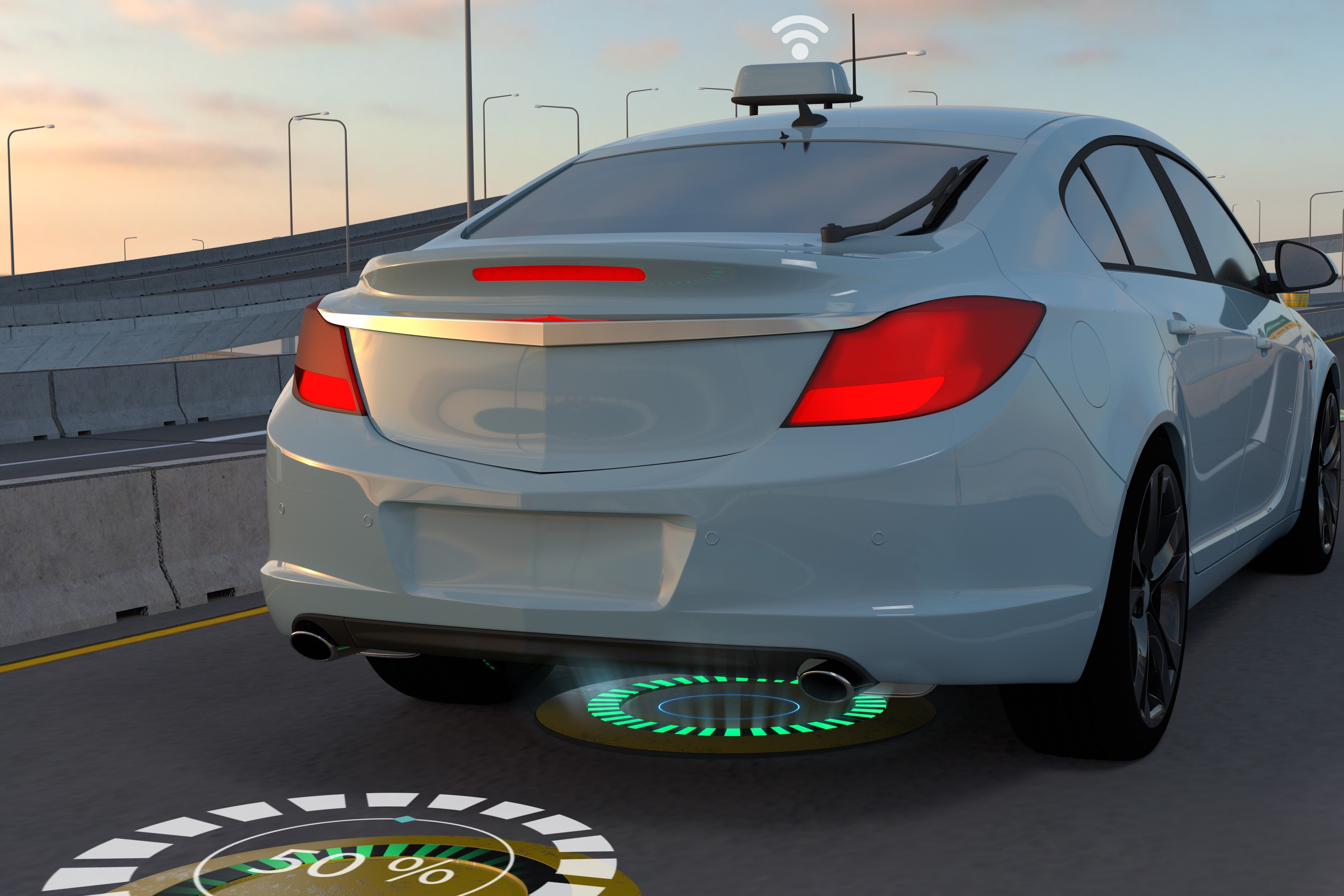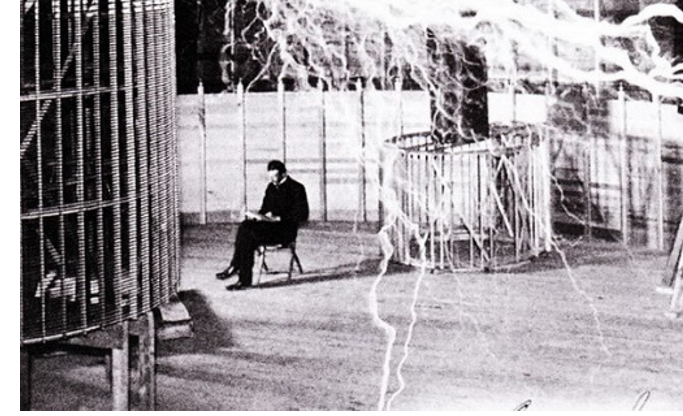Wireless Charging Roads-The Future For Electric Vehicles
Posted 29/04/2020 by Francisco Alcázar

According to the last Climate Change Conference held in Madrid in December 2019, the common commitment is to reach zero emissions in 2050. In addition, the European Union's goal is to reduce emissions by 37.5% by 2030. These are ambitious targets, so how are these going to be achieved?
Where the industry is moving?
The automotive industry has invested heavily in the development and implementation of electric propulsion. For example, the giant Volkswagen recently announced an investment of 70.000 million euros for the development of its electric fleet. The company estimates that by 2030, 30% of its global sales will be electric cars. Toyota has announced the opening of a new factory in Tianjin, China for the production of electric cars that will suppose an investment of around $1.2 billion. Other brands such as Audi, BMW and Renault-Nissan have also announced large investments in electric cars for the coming years. Will this be enough? For now, the answer is probably no. Everyone knows that the big problem with the electric car is the lack of autonomy. The electric car stops being efficient and fun when you must stop to recharge it.
Demanding new technologies.
To address that challenge, public-private partnerships will be required. On the one hand, it will be necessary to improve the existing infrastructure and, on the other hand, the development of electrical technology to reduce construction costs. Furthermore, institutions may be forced to develop new regulatory frameworks to accommodate this technology.
The good news is that the problem of long recharges could soon disappear. It is worth mentioning that a number of the more forward looking governments in the world have started to carry out tests on new technology that would recharge the electric vehicle while it is on the road.
What does this technology consist of?
It all began in 1891 when Nicola Tesla patented "The Tesla Coil". These coils can generate electrical currents with a range of several meters. Pursuing his dream, Tesla began to spread the idea of transmitting electricity without wires.

This efficient system of recharging uses magnetic fields to transmit electric current. This is produced by two copper coils, one of which is connected to an electric current and generates a magnetic field around it that allows the exchange of electric energy with the receiver, in our case the vehicle.
Today it would be possible to recharge the batteries of a vehicle wirelessly, due to the evolution of this technology. This follows the same principles as mobile phones only with the variant of the movement. The first thing would be to modify the vehicles and ensure that the generation of magnetic fields is produced in a safe condition.
Fiction or Reality?
In 2015, the United Kingdom launched its first investigations through the public company Highways England, who operate, maintain and improve England’s motorways and major A roads.. Recently, the English city of Coventry has launched a plan to install the first wireless charging road in the UK to be completed by the end of 2020.
One of the issues to be addressed will undoubtedly be the cost of construction. Highways England estimates that this cost is approximately $3 million more per kilometre than a conventional road. In addition, energy costs will have to be covered. According to estimates, the energy bill would double over a 20-year operating period.
Countries such as the United States, France, Germany, Sweden and Israel have also begun investigations related to this technology. South Korea has been the first to implement 12 kilometers of a bus route that uses this technology called OLEV "online electric vehicle" and led by the Korea Advanced Institute of Science and Technology (KAIST).
It is still early days, but will we see more investment in this regard in the future? Will a common direction between the automotive industry and the developers be possible? What is clear is that this technology would change people’s view on electric cars. It would reduce the problem of autonomy, decrease the size and cost of the batteries and hence, quickly become an attraction for the consumer. This technology has the power to change the rules and the future of the industry dramatically.